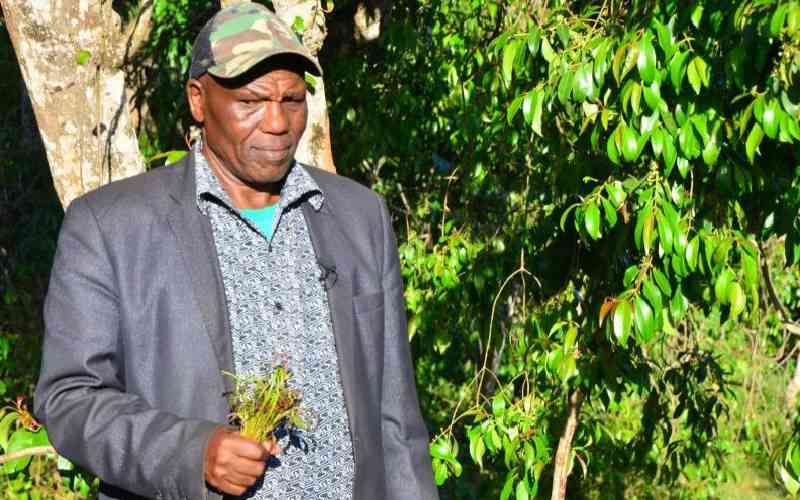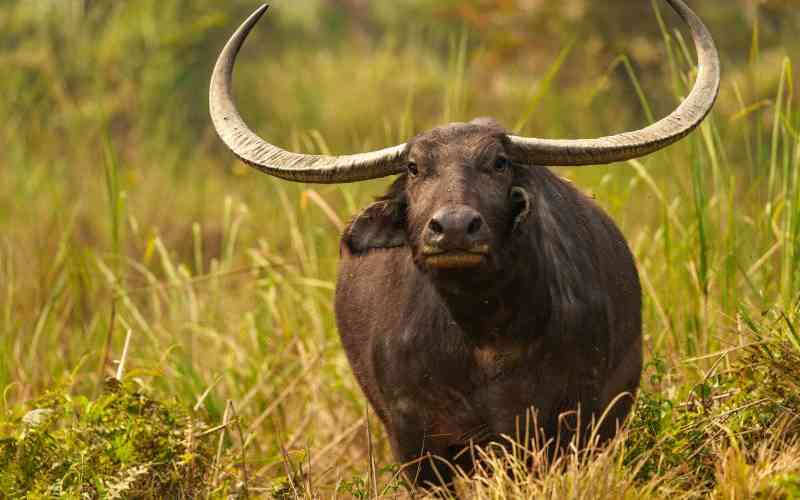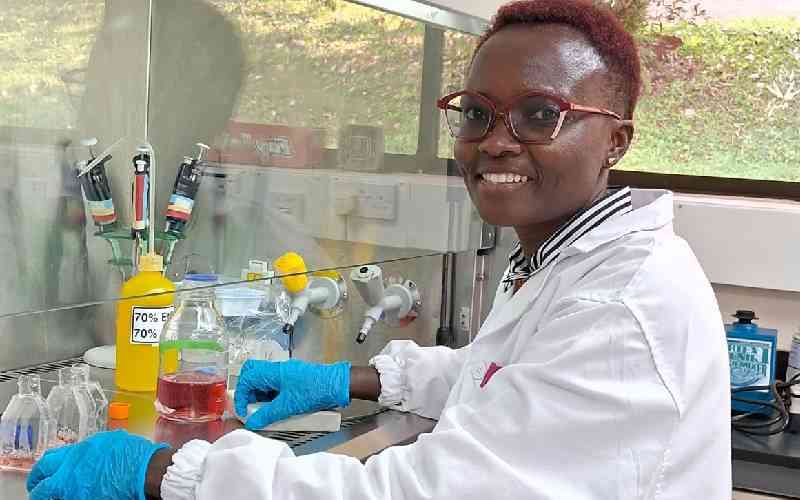While governments and researchers look to high-potential farmlands and single-commodity farming systems to alleviate world hunger, a report says mixing crop and livestock farming is the better way to go.
According to the report done by the International Livestock Research Institute (ILRI), farmers and policy makers need to turn their attention away from already overfarmed land to mixed farming, especially in high-potential areas.
“It is these mixed farms that, more than the traditional breadbaskets and rice bowls of the past, will feed the growing world over the next few decades,” the report on improving productivity notes.
In Kenya, many research organisations are focused on increasing yields of one crop or animal by coming up with new varieties and breeds that are disease resistant, high yielding and adaptable to harsh weather.
And with this, the profit potential in mixed farming may be overlooked, yet farmers across the country are drawing sustainable incomes from both keeping livestock and growing crops on their farms.
Small holdings
For instance, Robert Kanyi, a retired teacher in Othaya, Nyeri, keeps three dairy cattle, goats and a flock of chicken. He also grows maize, beans, coffee, tea and napier grass on a four-acre farm.
“Mixed farming is the only way to guarantee some income in small holdings where land is scarce,” he said.
“With coffee prices erratic, farmers need to keep dairy cows for milk, manure and to cushion the household income.”
And in the low-lying Mwea Irrigation Scheme, where farmers work all day in soggy black soils, Ludia Wanja supplements her rice income with a small duck enterprise and fish pond, where she rears tilapia.
The fish and duck eggs and meat boost her family’s income, while the bird droppings provide manure for a kitchen garden where she grows a variety of vegetables.
“Ducks are cheap to raise as they eat kitchen waste. They can also wade through muddy water to find worms and small fish in irrigation channels to supplement their food,” said Ms Wanja, a mother of three.
Ducks have been proven to be a viable enterprise for farmers working in the rice fields of South Asia.
The heavyweights
According to the ILRI report, farmers who mix growing crops with rearing livestock — and who are often located between high-potential farmlands and low-potential rangelands — are the heavyweights in global food security.
Stay informed. Subscribe to our newsletter
Already, it notes, millions of farmers practicing modest crop-and-livestock-agriculture, both in poor and developed countries, have over the years boosted food security efforts.
Most of the world’s poor are fed by mixed-farming family farmers who cultivate maize and beans while rearing a few chickens and pigs, or a cow or two on rain-fed lands.
Consequently, mixed farmers are likely to play the biggest role in global food security over the next several decades to 2050, when the world’s population is expected to hit 9 billion.
 The Standard Group Plc is a
multi-media organization with investments in media platforms spanning newspaper
print operations, television, radio broadcasting, digital and online services. The
Standard Group is recognized as a leading multi-media house in Kenya with a key
influence in matters of national and international interest.
The Standard Group Plc is a
multi-media organization with investments in media platforms spanning newspaper
print operations, television, radio broadcasting, digital and online services. The
Standard Group is recognized as a leading multi-media house in Kenya with a key
influence in matters of national and international interest.
 The Standard Group Plc is a
multi-media organization with investments in media platforms spanning newspaper
print operations, television, radio broadcasting, digital and online services. The
Standard Group is recognized as a leading multi-media house in Kenya with a key
influence in matters of national and international interest.
The Standard Group Plc is a
multi-media organization with investments in media platforms spanning newspaper
print operations, television, radio broadcasting, digital and online services. The
Standard Group is recognized as a leading multi-media house in Kenya with a key
influence in matters of national and international interest.





